The region is home to the “Five Great Forests of Mesoamerica.” These forests cover a land mass three times larger than Switzerland and account for over half of the region’s carbon storage.
Rainforest Foundation US began working in Panama in 2010. Today, our efforts extend across most countries in Central America and Mexico where we partner with Indigenous peoples and local communities to strengthen their territorial security.
Rainforest Foundation US’s regional program is primarily focused in Mexico, Honduras, Guatemala, and Panama.
The B’atz project, funded through a three-year USAID grant, supported the institutional strengthening of the Mesoamerican Alliance of Peoples and Forests (AMPB).
In Panama, RFUS and partners continue working to secure formal land titles for 1.62 million acres of Indigenous peoples’ lands in the Darien region, primarily through technical and legal support, and advocacy.
Since 2010, RFUS has worked with organizations representing the Guna, Embera, Wounaan, and others in the Darien to map Indigenous collective lands outside of the Comarcas (recognized Indigenous peoples’ territories in Panama), document and file more than a dozen territorial land claims, and improve the national process for recognizing Indigenous peoples’ land.
RFUS works with partners in Panama, Guatemala, and Honduras to actively monitor their forests and secure their territories. We train youth and community leaders in forest monitoring techniques—using Global Positioning System (GPS), Geographic Information Systems (GIS), smart phones, and drones—to document and submit evidence of environmental crimes to government authorities.
In addition to conducting workshops and training in governance, administration, and finance, RFUS was instrumental in launching a core institutional strengthening initiative—the B’atz project—in Mexico and Central America. Through this project, we consolidated the considerable institutional gains made by the Mesoamerican Alliance of Peoples and Forests (AMPB) over the last decade. Efforts focused on expanding the geographical reach and curricula of the Leadership School, specifically piloting new training materials and methods on disaster risk management and advocacy with some 50 communities; strengthening the Coordination of Territorial Women Leaders through the drafting of a new Regional Gender and Climate Change Plan; supporting the development of a new strategic plan and the process of legal incorporation for the Regional Secretariat; and supporting the build out, launch, and consolidation of the Mesoamerican Territorial Fund, a direct financing mechanism.
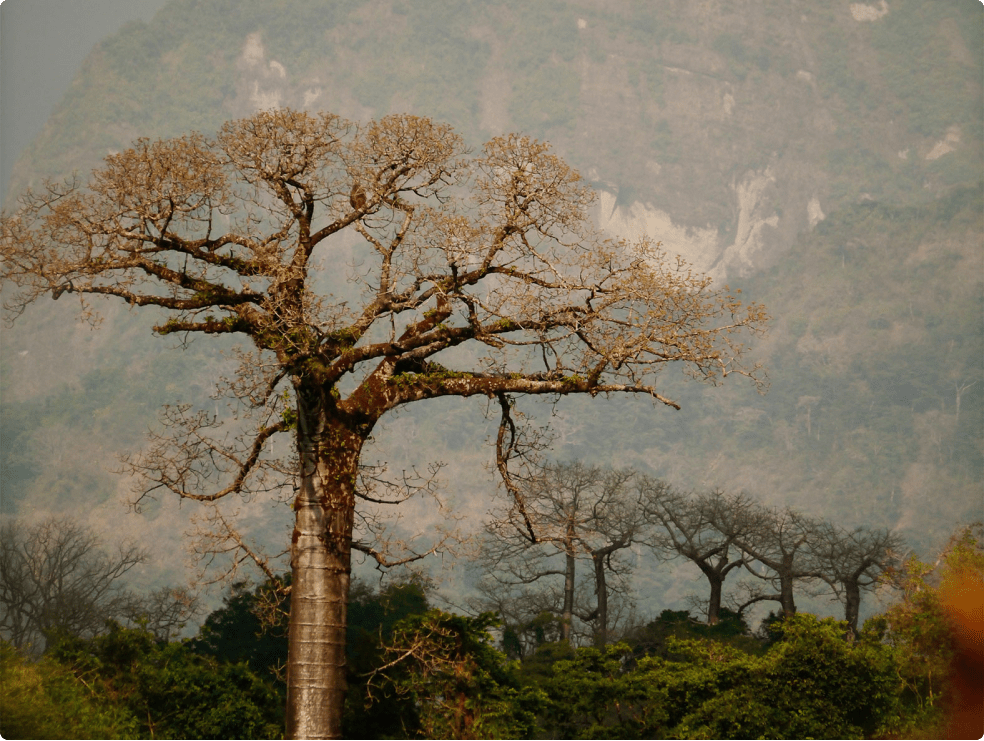
The region is home to the “Five Great Forests of Mesoamerica,” ranging from Mexico to Panama and continuing into the Choco in Colombia, South America.
The Five Great Forests are composed of the Selva Maya in Mexico, Guatemala, and Belize; the Moskitia in Nicaragua and Honduras; Indio Maíz-Tortuguero in Nicaragua and Costa Rica; La Amistad in Costa Rica and Panama; and the Darien in Panama and Colombia. Together, these forests cover a land mass three times larger than Switzerland and account for over half of the region’s carbon sequestration.
Central America’s forests are also home to many iconic species that play a vital role in the region’s ecosystems, including jaguars, Baird’s tapirs, spider monkeys, resplendent quetzals, and harpy eagles, among others. The region encompasses a diverse array of ecosystems from cloud forests to extensive coastal mangroves that support approximately 12% of the world’s biodiversity. Panama, uniquely positioned as the sole land bridge connecting Central and South America, is a key biological corridor for migratory birds and numerous other species.
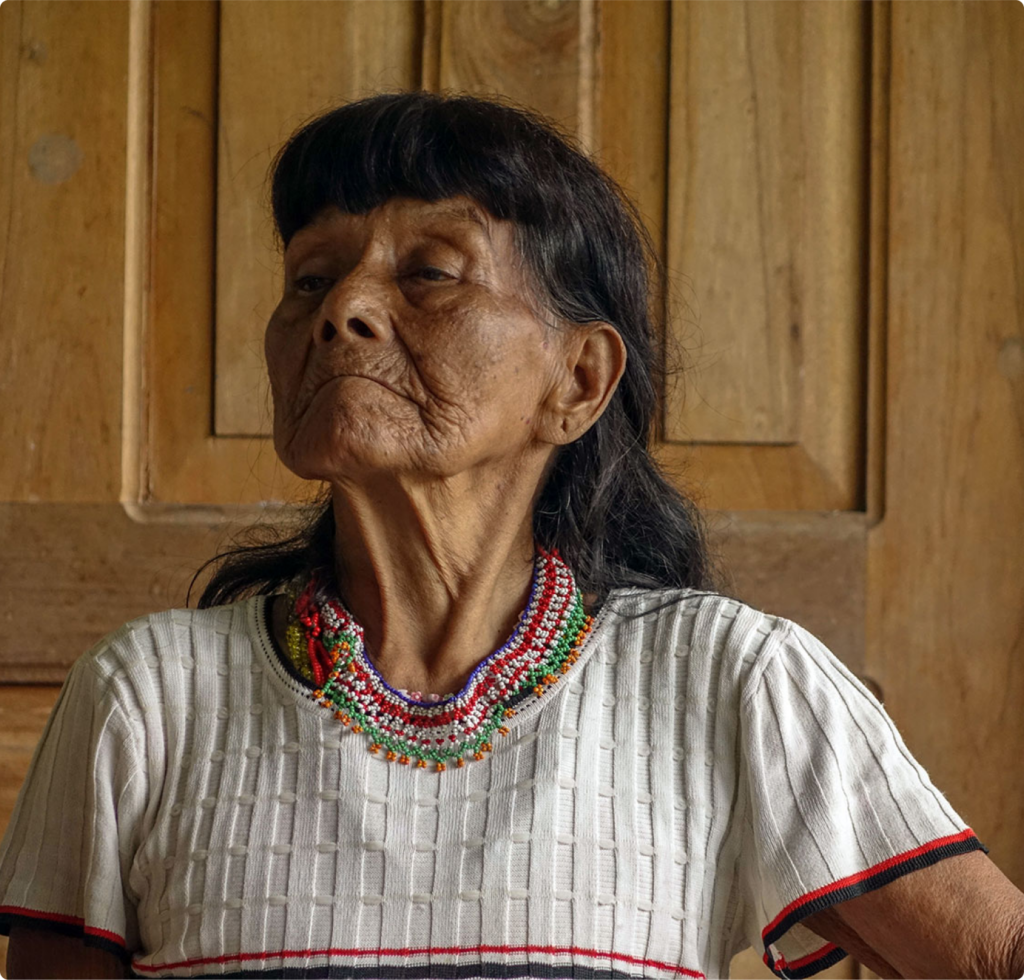
Central America is home to more than 100 Indigenous peoples, including Mayans, Chorti, Lencas, Miskitos, Mayagnas, Embera, Wounaan, Guna, and the Bribri-Cabecar, among many others.
Indigenous peoples and local communities inhabit and safeguard nearly half of all forests in Central America. Although “local communities” don’t identify as Indigenous, they maintain traditional lifestyles deeply intertwined with the land, which is often collectively managed. Their collaboration in local governance and nature conservation has led to many areas being referred to as “territories conserved by Indigenous peoples and local communities.”
The Indigenous rights movement in this region is very strong. As a result, Indigenous peoples’ rights are fairly well recognized in national laws—including legally recognized land titles throughout Central American and Mexico—although these rights are not always respected in practice. Panama’s Indigenous Comarca system and the legal framework for Indigenous peoples on the Atlantic Coast of Nicaragua are among the most advanced in the world in terms of political autonomy. Guatemala is a notable exception with large areas of unrecognized land rights.
Additionally, in several Mesoamerican countries—most notably Mexico, but also in Honduras, Guatemala, and Costa Rica—Indigenous communities have created successful community forest management models, often based on centuries-old cultural forest protection practices.
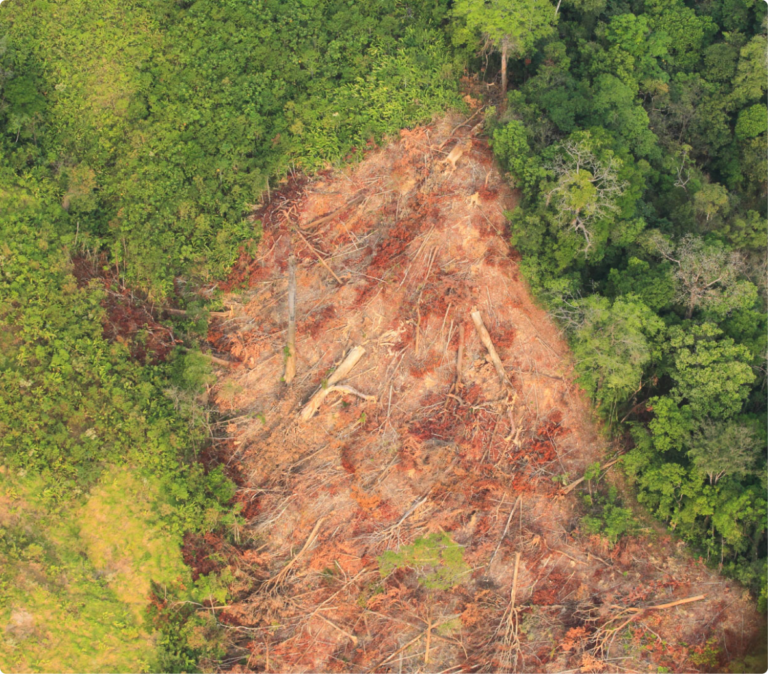
From 2002 to 2023, Central America and Mexico lost 27 million acres of tree cover, 6.9 million acres of which were primary forests—an area comparable in size to the entire state of Massachusetts.
Deforestation rates vary significantly across Central America and Mexico, however. Costa Rica has achieved notable success in curbing deforestation, while countries like Honduras and Nicaragua continue to experience high rates of forest loss. El Salvador has been the most affected, having lost 95% of its original forest cover.
Cattle ranching and agricultural expansion are primary drivers of deforestation in the region. Logging (both legal and illegal), infrastructure development, and urbanization are other key drivers. In some countries like Honduras, Guatemala, and Nicaragua, the recent surge in drug trafficking activities has further accelerated forest loss. The expansion of commercial palm oil, new road infrastructure, migration through the Darien Gap, and mining are other sources of deforestation. The growing number of annual forest fires also contributes to forest loss.
Conflicts due to illegal invasions by miners and ranchers onto Indigenous peoples’ lands are commonplace, leading to growing tensions and the loss of lives of land defenders. In recent years, at least 463 land defenders were murdered, and that number is likely much higher.
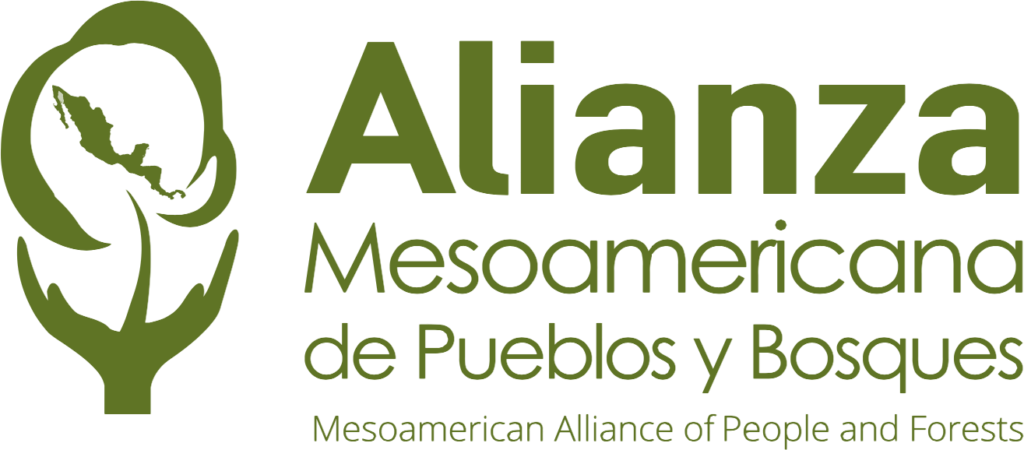
The Mesoamerican Alliance of Peoples and Forests is a Central American regional organization dedicated to promoting the rights of forest-dwelling Indigenous peoples and local communities. It is made up of national organizations who control significant areas of forests in the region. RFUS has worked with AMPB over the years to train community-based territorial monitors and mappers as well as to support regional and international advocacy. AMPB is also a member of the Global Alliance of Territorial Communities.
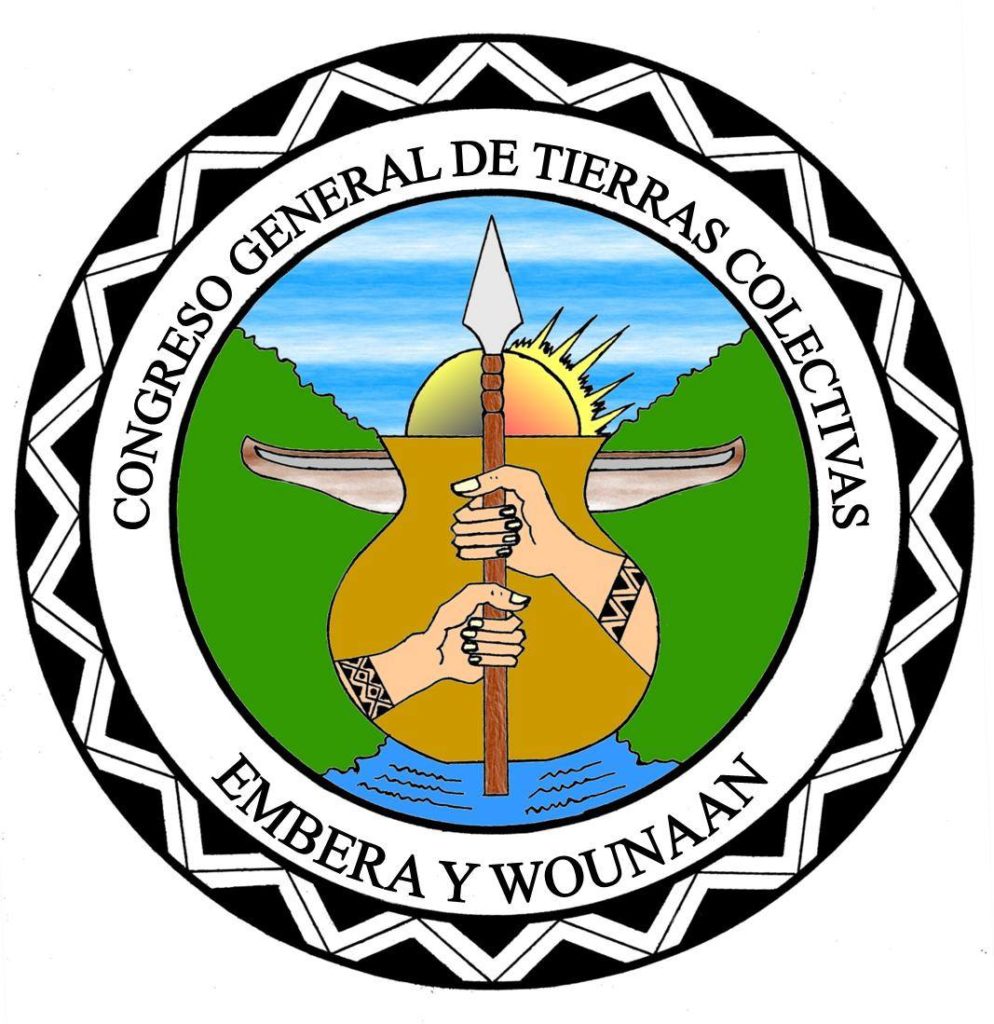
The General Congress of the Embera and Wounaan Collective Lands of Panama is the representative body for the Embera and some of the Wounaan communities outside of the Embera Wounaan Comarca, and has been at the forefront of the struggle for land rights for many years.
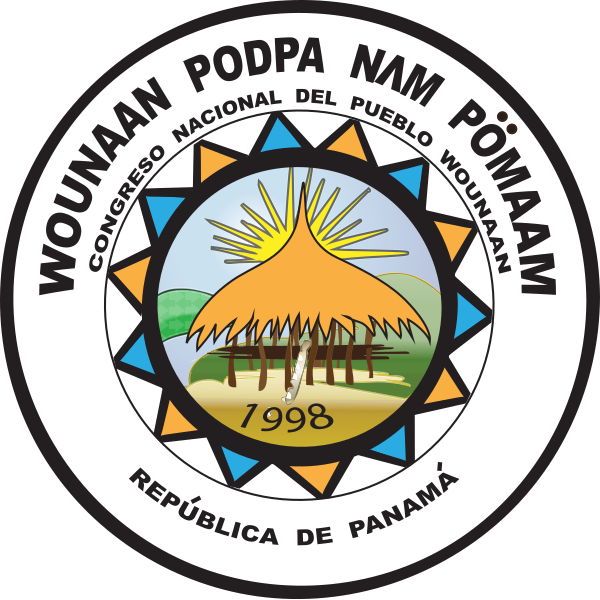
National Congress of the Wounaan People is the representative body of the Wounaan people inside and outside of the Comarca, with elected leaders who fight for the Wounaan at the national level. The CNPW has an associated Wounaan Foundation which is the project management arm of the Congress.
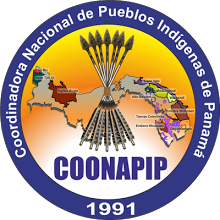
National Coordinating Body of Indigenous Peoples in Panama is the national umbrella representative organization of Panama’s Indigenous peoples’ organizations founded in 1999 to lead the fight for Indigenous land rights, respect for Indigenous culture, and other priorities.
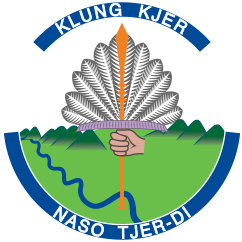
The Naso Indigenous people live in Panama and Costa Rica, currently primarily along the Teribe River in the Bocas del Toro province of Panama. The Naso number a little over 4,000 people, and against enormous odds have preserved their language, culture, and way of life. Their traditional lands cover some of the most mountainous and biodiversity-rich areas of western Panama.
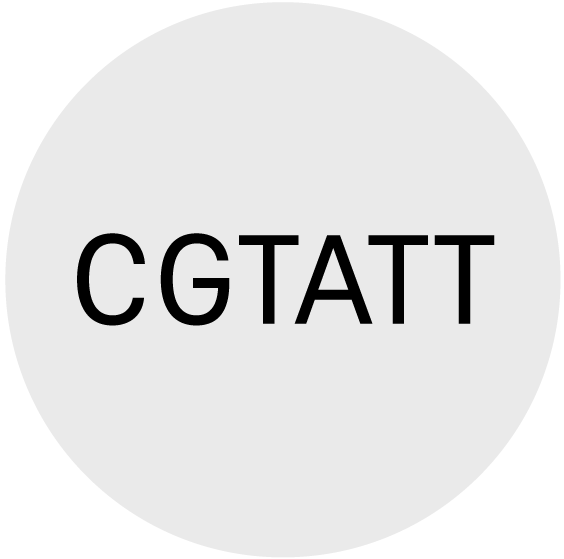
The Tule General Congress of Tagarkunyala represents the Guna people in the communities of Paya and Pucuru, and the large territory considered the ancestral homeland of the Guna people, including the sacred mountain of Tagarkunyal. The Tagarkunyal territory is completely inside the Darien National Park, making them a key ally for the sustainable management of Central America’s largest protected area.
Take Action NOW on rainforest protection and Indigenous peoples’ rights
Are you interested in other ways to support us?
Learn more here.
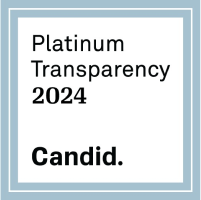
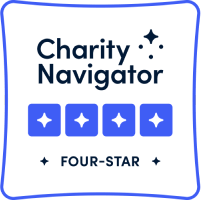

Get news, updates, and stories from the rainforest—straight to your inbox.
Land Acknowledgement
Rainforest Foundation US recognizes and honors the original peoples of the land on which our headquarters is based in Brooklyn, New York: The Ramapough Munsee Lenape, who have cared for these lands and waters for generations. We ask the Ramapough Munsee Lenape people’s permission to be here as their guests and ask their blessing for the good continuation of our work.
